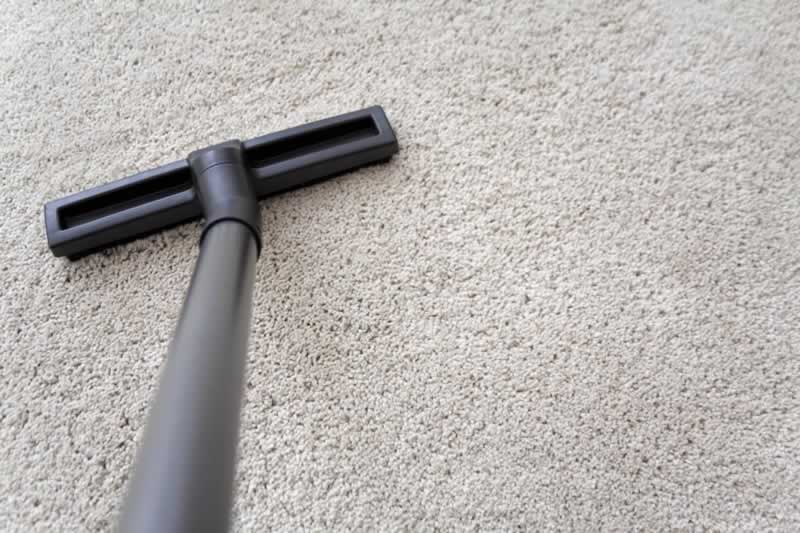Berber carpets are difficult to clean because they are different from other carpets. Berber carpets are hand-woven and have tight loops that give them a unique look. They are known to be difficult to clean. This is because cleaning with normal carpet cleaners does not give the desired result.
Some factors that make it difficult to clean Berber carpets are:
density
The Berber carpets are denser than the other carpets. This quality makes it the best choice for high traffic areas. At the same time, the density of the carpet makes cleaning difficult. The dust particles are embedded deep in the carpet and are difficult to remove. The use of a brush is not recommended as this may damage the loops and affect the appearance of the carpet.
Woven loops
Berber carpets are usually hand-woven and made from delicate fibers. The carpet fabric has woven loops that give the carpet its unique look. These loops catch dust and absorb stains faster than normal carpets. Accidental spills or stains from children or pets should be removed immediately. Dried out dirt cannot be easily removed as intensive brushing can damage the carpet.
wool fibers
Wollberber carpets are rare because they are very expensive. These carpets are difficult to maintain because they are natural fibers and are similar to hair. Wollberber carpets should not be cleaned with water that is too hot, as this can shrink the carpet. Wool also absorbs a lot of moisture and takes a long time to dry out completely. This increases the likelihood of the carpet shrinking because the carpet stays wet for a long time. A damp carpet develops a bad smell, which makes the area uncomfortable.

nylon fibers
Berber carpets are also made from nylon fibers because they are easier to maintain. Cleaning the nylon carpet is not an easy task as this fiber also absorbs a lot of moisture. Moisture absorption can cause the carpet to shrink. Dry cleaning or vacuuming carpets is a good cleaning option for this type of carpet.
Olefin
Berber carpets made from olefin fibers are now being sold extensively. This is because these fibers do not absorb moisture like nylon or wool. The olefin fiber allows the moisture to seep through the carpet and accumulate on the carpet pad. This protects the carpet surface from stains for a long time. Cleaning these carpets is a time-consuming task. Steaming and hot water extraction for carpet cleaning pull the spilled liquids to the surface. This will cause the carpet to stain after the cleaning process is complete. As a result, the carpet looks dirtier after cleaning than before. Olefin carpets also absorb oil from the skin, from cooking, and from shoes, which makes the carpet look old. Several vacuum cleaners are required to remove the stains that appear on the surface.
The best and proven method of cleaning Berber carpets is to use a vacuum cleaner. Vacuuming the carpet once a month is recommended to keep it clean. However, if you have a lot of traffic, daily vacuuming may be the best way to keep your Berber carpet clean and tidy. When choosing a vacuum cleaner for your Berber carpet, choose one that does not contain brushes. This is because the brushes damage the intricate fabrics on the carpet. A vacuum cleaner with good suction power fits perfectly with your Berber carpet. You can find vacuum cleaners suitable for Berbers on Vacmux vacuum cleaners with top ratings for Berber carpets.




